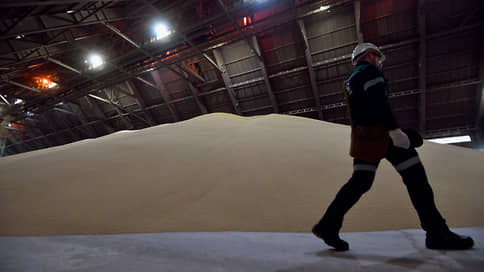Blatten A third of the mountain has already come down

« But my face: How should you not get panic? »: A third of the mountain is gone
1.5 million cubic meters of rock have already started to slide on the small Nesthorn, and another millions will probably follow. While the measuring devices fail and nobody can safely say what happens next, the village of Blatten shows what solidarity means in times of uncertainty.
It is still in the Lötschental on Tuesday afternoon. The valley is cloudy, the streets are empty; Anyone who was evacuated has long since found a place to stay with friends or family.
The cantonal road to Blatten is closed, in front of the lock there are a few men in working trousers and T-shirt. All of this is difficult, says one to the others. Nobody here wants to panic, maybe nothing happens. « But my face: When we read all these half -information, everywhere – how should you not get panic?»
3 million cubic meters are still on the move
In fact, the numbers around the threatening clash on the small Nesthorn above Blatten in the Lötschental are impressive. 1.5 million cubic meters of rock have come loose since Friday, another 3 million are still in motion – now so quickly that the measuring devices can no longer keep up.
A third of the mountain had already run down, as the regional management staff announced on Tuesday afternoon. Those responsible are careful. There are indications of many “small -scale” cracks.
Everything about the threatening rush risk in our new sticker:
That would speak for the « Best Case Scenario »: the mountain falls, but only pieces. The glacier could catch the pieces. And the village would be spared at least for the time being.
On the street there is also the cattle breeder Anton Rieder, gray jeans, gray fiber sweater, three -day. Rieder lives in Wiler, the last village in front of the road lock. It points to the slopes all around, rocks of earlier murgeo lengths are lying everywhere, which has been the reality here for centuries: « But that the whole village is now suddenly evacuated is already surreal.
Long waiting – lots of solidarity
Rieder’s stable is located here, on the street that leads to Blatten. He recently drove his cattle to the alp. The 50 cows in the enclosure belong to a colleague from Blatten, on Monday afternoon the two of them evacuated them. As a farmer, you have to find solutions yourself in such situations, says Rieder: « Logically, we help each other. »
This solidarity has been conjured up since Sunday. One did not have to ask for help, says Blattner Mayor Matthias Bellwald. Before the first part vacuation, the neighboring villages offered their support, created lists with free beds and materials, and volunteers.
Most of the almost 300 villagers are now waiting for friends and family. A dozen still lives in the hamlets, which would be spared from a mural. However, they are cut off from the outside world because the street remains closed. The volunteers provide them with food and medication.
Blatten and Brienz are not comparable
Mylène Jacquemart researches at the ETH in Zurich and the WSL in Sion VS for glaciers and alpine natural hazards. It is not unusual that there are shifts in the mountains, she says: « This is simply gravity. »
Various factors can weaken the rock and bring about such faster movements. So it depends on how brittle the rock is, how steep the slopes are, whether and how tensions shift when glaciers erode the valleys.
In addition, there are the temperature change in the high mountains: if the ice in the rock freely freezes and thawed again, this also leads to a so -called fatigue of the rock – and it becomes weaker.
It is difficult to say what is the decisive factor in the end. Accordingly, the Blattner Bergsturz cannot be compared to the shifts in Brienz or the impending clash on the pointed stone in Kandersteg: « Without knowing more about the situation in Blatten, comparisons are difficult. »
Great events remain rare
Such major events are still the exception, says Jacquemart. Whether they will become more common will be shown. If it is about rock, you cannot count in years – you look at developments for decades, centuries, millennia. « With today’s data we cannot clearly say whether there are really shifts in the system, » says Jacquemart.
Nevertheless, it is clear to Jacquemart: « Climate change changes a lot in the high mountains. » Due to the dwindling permafrost, stone strokes and occasionally also occur.
Overall, however, the danger to the population is moderate. Precisely because there are many settlements in dangerous areas, they are well monitored, and you can intervene quickly – as in Blatten.
You can also feel that when danger threatens, says cattle breeder Anton Rieder. Then there is something in the air – the smell of scree dust that sinks on the mountain towards the valley. Today it is better again. He doesn’t think there is still a lot. « The glacier probably holds, » says Rieder. But you never know.







